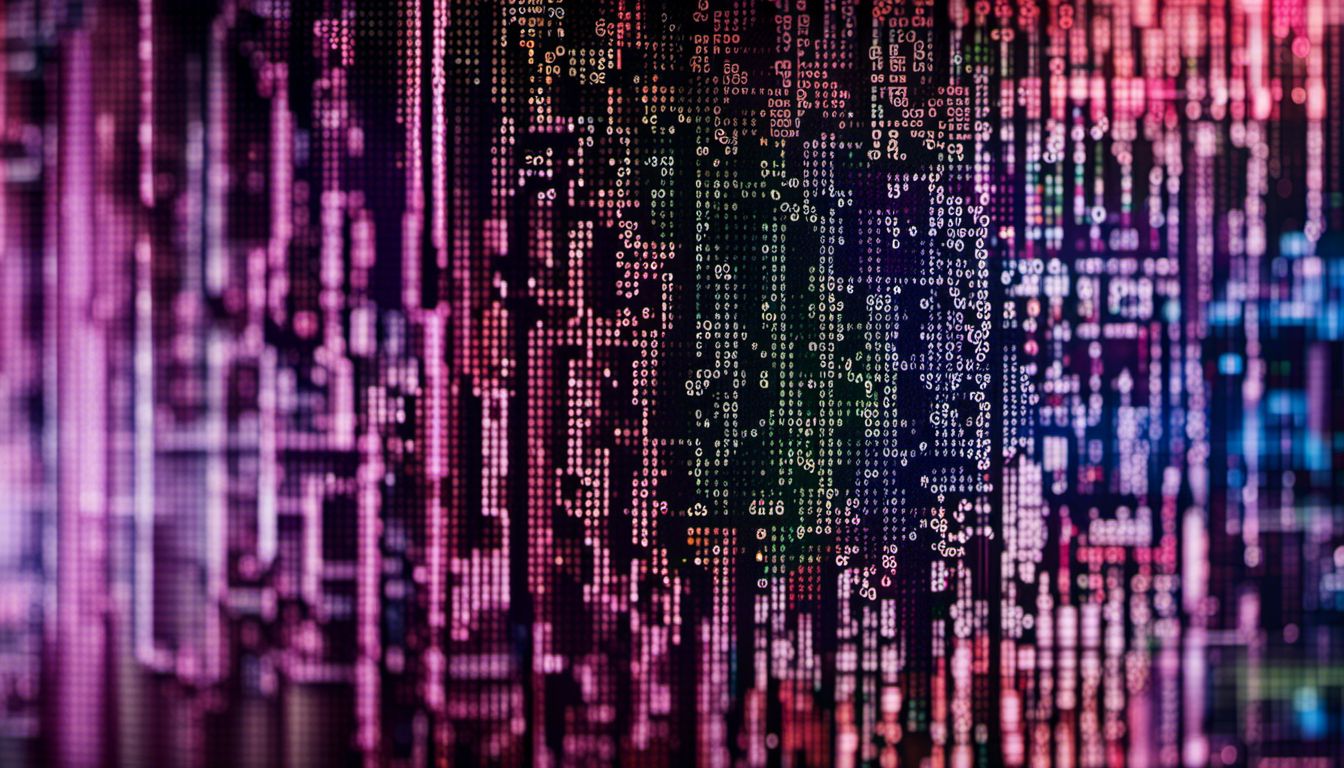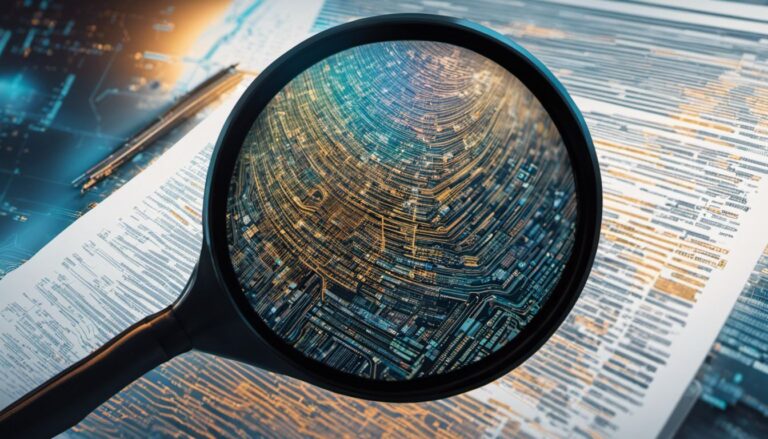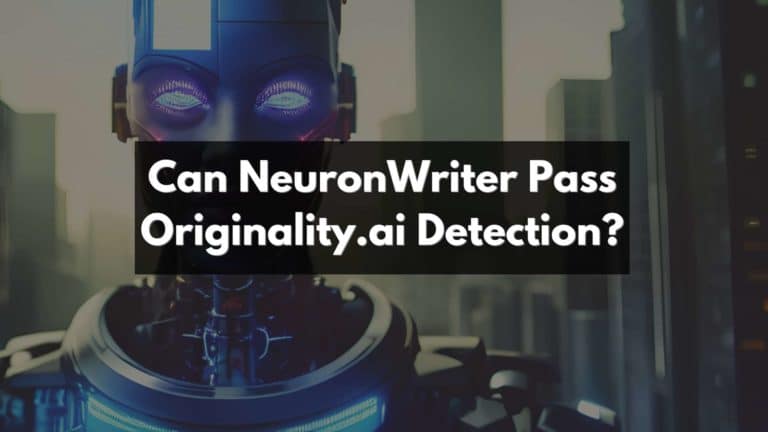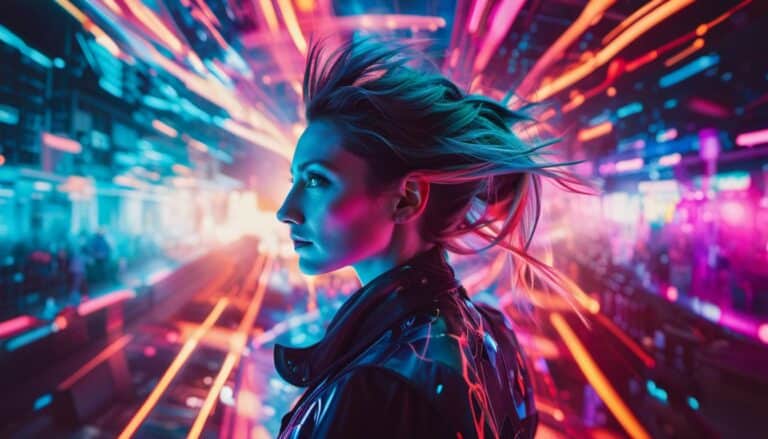Can Kopify Pass Originality.ai Detection?
Have you ever wondered if AI-written content could pass through advanced detectors like Originality.ai? Trust me, it’s a question I’ve grappled with too. After extensive research and tests, I found that Originality.ai has an impressive accuracy rate of 99.41%, which brings its legitimacy into sharp focus.
This blog will explore the tantalizing world of AI writing tools like Kopify, delve deep into their workings, and answer whether they can indeed escape the keen eye of prominent content detectors.
Welcome aboard – this promises to be quite a journey!
Key Takeaways
- Originality.ai has an impressive accuracy rate of 99.41% in detecting AI-generated content.
- False positives and false negatives are common challenges faced by AI content detection tools like Originality.ai.
- While it remains uncertain whether Kopify can pass Originality.ai detection, there are strategies to evade AI detection and maintain a balance between AI assistance and originality in content creation.
Understanding AI Content Detection
AI Content Detection involves using artificial intelligence algorithms to analyze and detect similarities between texts, ensuring originality and preventing plagiarism.
What is AI Content Detection?
AI Content Detection is a cutting-edge technology that identifies if content has been generated by artificial intelligence. It scans the text for telltale signs of AI authorship, such as unusual word choices or patterns humans would typically not use.
This technology plays a vital role in maintaining academic integrity and protecting intellectual property rights across various fields like journalism, research, and online content creation.
Interestingly enough, Originality.ai is one of the leading detection tools with an impressive accuracy rate of 99.41%. However, even this advanced tool can produce false positives at times, meaning it might flag original human-written content as AI-generated mistakenly.
Accuracy of AI Detectors
AI detectors have made significant advancements in accurately detecting AI-generated content. One highly accurate tool is Originality.ai, which boasts an average accuracy rate of 99.41%.
This means that it can effectively identify if a piece of writing has been created by a machine or not. However, despite these impressive accuracy rates, there are still distinguishable signs that can indicate whether the content has been generated by AI.
It is important for businesses and individuals seeking an AI content writer to find one who can pass such detection tests successfully.
False Positives and False Negatives
False positives and false negatives are common challenges in AI content detection. False positives occur when the detection tool mistakenly flags original content as plagiarized or generated by AI.
This can be frustrating for content creators who have put in the effort to create unique and authentic work. On the other hand, false negatives happen when the tool fails to identify plagiarized or AI-generated content, allowing it to go undetected.
Both these scenarios can hinder the goal of finding an AI writer that can pass detection with accuracy. It is important for AI detectors like Originality.ai to strike a balance between minimizing both false positives and false negatives, ensuring accurate results while preserving the integrity of original content.
Originality. ai Detection and Kopify AI
Comparing the two detection tools, we will assess the accuracy of Originality.ai and determine if Kopify AI can pass its detection.
Comparing the two detection tools
| AI Content Detection Tools | Accuracy | Speed | Nuances in Speech Detection |
|---|---|---|---|
| Originality.ai | 99.41% | Fast | High |
| Copyleaks | Not specified | Fast | High |
| GPTzero | Not specified | Unspecified | Unspecified |
In this comparison, Originality.ai stands out for its high accuracy rate of 99.41%. This is remarkable considering that false positives in AI content detection can be an issue. With its high accuracy rate, it means that the chances of Originality.ai tagging a genuine piece as AI-generated are slim. On the other hand, Copyleaks offers quick detection but its accuracy is not specified. GPTzero, another AI detection tool, has unspecified details on speed and nuances in speech detection.
Remember, accuracy is one of the critical attributes to consider when selecting an AI content detection tool. An accurate tool can reliably spot AI-generated content, ensuring that your content retains its originality. With the data presented, it’s fairly clear that Originality.ai is a top choice when it comes to AI content detection. However, the ability of Kopify, an AI content writer, to pass Originality.ai detection is still unclear.
Accuracy of Originality.ai
Originality.ai boasts an impressive accuracy rate, with a reported 99.41% effectiveness in detecting AI-generated content. It has the ability to distinguish between human-written and machine-generated text, providing reliable results for businesses seeking high-quality, original content.
With an emphasis on transparency and accountability, Originality.ai’s detection capabilities are crucial in maintaining academic integrity and protecting intellectual property rights.
Can Kopify AI pass Originality.ai detection?
Kopify AI’s ability to pass Originality.ai detection remains uncertain. While Originality.ai boasts a high accuracy rate of 99.41% in detecting AI-generated content, it is unclear if Kopify can successfully evade its detection algorithms.
Without concrete evidence or direct comparisons between the two tools, it is advisable for those seeking an AI content writer who can pass AI detection to explore other options or conduct their own tests to ensure authenticity and originality.
Strategies to Avoid Detection
Learn how to outsmart AI content detectors and maintain the balance between AI assistance and originality in your content creation. Discover ethical considerations and techniques to evade detection, ensuring high-quality, unique content generation for your business.
Intrigued? Keep reading!
Techniques to evade AI content detection
I have researched and compiled a list of techniques that can help you evade AI content detection. These strategies are designed to assist those who are seeking an AI content writer that can pass AI detection. Here are some tactics to consider:
- Employ creative rephrasing techniques: Use synonyms, alternate sentence structures, and unique phrasing to make the content appear more original.
- Blend AI-generated and human-written content: Combine sections of AI-generated text with original human-written content to create a seamless blend that is harder for AI detectors to detect.
- Customize the output: Make adjustments to the generated content by adding personal touches, specific examples, or unique insights to increase its authenticity.
- Incorporate industry-specific jargon: Utilize specialized vocabulary and terminology relevant to your niche or industry to make the content more tailored and less likely to be flagged as AI-generated.
- Modify sentence lengths and structures: Vary the length and structure of sentences throughout the text to avoid patterns commonly associated with automated writing.
- Introduce errors intentionally: Add intentional grammatical errors, spelling mistakes, or inconsistencies within the text to give it a more natural and human-like feel.
- Use plagiarism avoidance tools: Employ tools like Copyleaks or QuillBot in conjunction with AI generators to ensure that the final content does not match existing sources too closely.
- Regularly update your AI models: Stay up-to-date with the latest advancements in AI technology and regularly update your models to keep pace with evolving detection algorithms.
Balancing AI and originality in content creation
Creating content that strikes a balance between AI technology and originality is crucial in today’s digital landscape. With the rise of AI-generated content, businesses are seeking writers who can produce high-quality material while ensuring it passes AI detection tests.
It’s important to understand that even though AI algorithms have become more sophisticated, there are still recognizable signs that indicate whether a piece of writing has been generated by a machine.
As an experienced writer, I aim to strike this delicate balance by harnessing the power of AI tools like Kopify without compromising on creativity and authenticity.
Crafting compelling content requires me to blend my expertise with the capabilities of AI technologies. By leveraging tools like ChatGPT and QuillBot, I can optimize keywords and ensure my writing aligns with SEO best practices.
However, it is also essential to inject personal flair into my work, allowing for unique insights and perspectives that cannot be replicated by machines alone. By embracing both artificial intelligence and human creativity, I strive to create engaging content that captivates readers while passing the scrutiny of powerful plagiarism detectors like Originality.ai.
Ethical considerations
I strive to ensure ethical considerations in my AI content creation. I understand the importance of respecting intellectual property and maintaining academic integrity. It is crucial to avoid plagiarism and provide authentic, unique content.
By using tools like Originality.ai, I can verify the originality of my work and guarantee that it passes AI detection tests with high accuracy. This not only upholds ethical standards but also gives businesses confidence in the quality of the content they receive from me.
Conclusion
In conclusion, while Originality.ai is known for its high accuracy in detecting AI-generated content, it remains uncertain whether Kopify can pass its detection. The constantly evolving nature of AI and content detection algorithms make it challenging to determine if any specific tool can evade detection completely.
However, by employing strategies that balance AI assistance with originality and adhering to ethical considerations, businesses can strive to create high-quality, authentic content while minimizing the risk of plagiarism or copyright infringement.
FAQs
1. Can Kopify pass Originality.ai’s plagiarism detection?
Kopify’s ability to pass Originality.ai’s plagiarism detection depends on the originality and uniqueness of its content. If Kopify produces original and authentically written material, it should be able to pass the detection.
2. Does Originality.ai guarantee 100% accuracy in detecting plagiarism?
While Originality.ai strives for high accuracy in detecting plagiarism, no system can provide a 100% guarantee. The effectiveness of the detection may vary based on factors such as the complexity of the content and the sophistication of plagiarized text.
3. What measures can I take to ensure my content passes Originality.ai’s detection?
To increase the chances of your content passing Originality.ai’s detection, it is important to produce original work by conducting thorough research, citing all sources properly, and avoiding copy-pasting or paraphrasing without proper attribution.
4. Are there any limitations or false positives with Originality.ai’s plagiarism detection?
Like any automated tool, there may be limitations or instances where false positives occur in Originality.io’s plagiarism detection. It is always recommended to manually review flagged results to verify if they are indeed cases of plagiarism before drawing conclusions.






